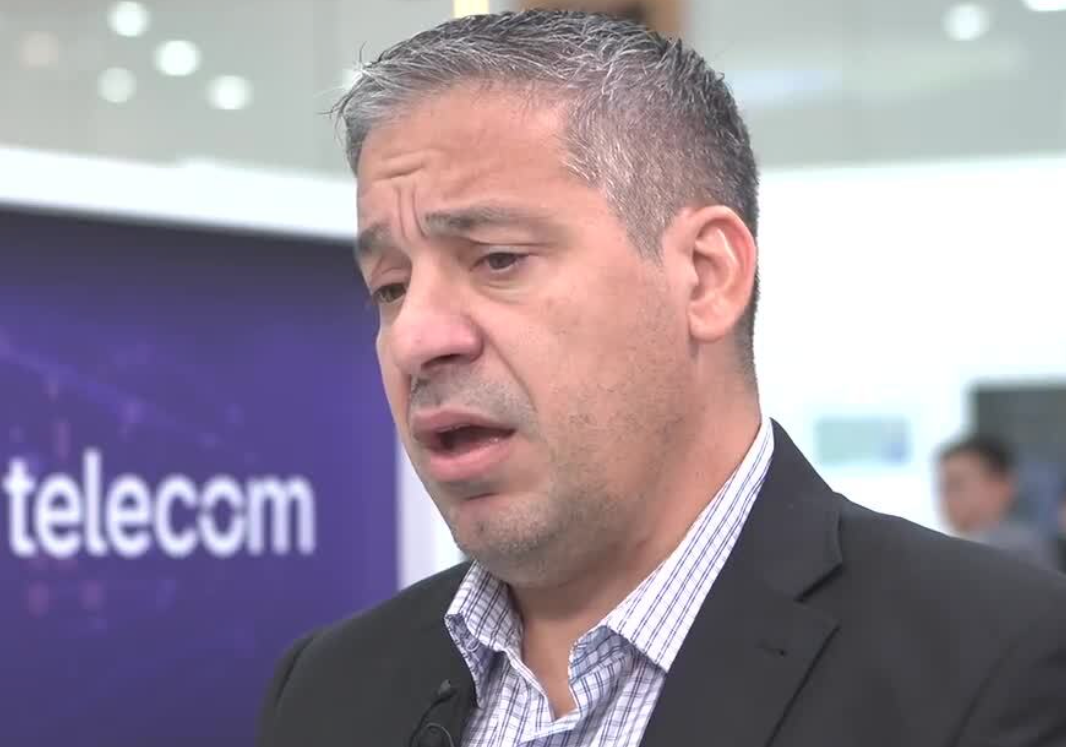In order to digitally transform its service operations and achieve a more customer-centric vision, the Telecom Argentina Group has adopted service operations center (SOC) solutions to streamline customer services, identify and resolve new issues. Employing Data Driven Operations, the company can make decisions based on diverse service criteria and calculations performed in real time.
Telecom Argentina is already achieving 99.999 percent carrier-class reliability on cloud networks through a combination of KPI-based health checks, auto-recovery and disaster tolerance across multiple data centers. In this article, we look at the role of SOCs to transform network-centric operations to focus more on customer service. We also explore the benefits of Huawei’s SmartCare platform for enabling a fully transformative service transition as well as the role of increased mobile monetization.
Transform network services to focus on the customer
The focus of Telecom Argentina’s transformation process is to respond to the ever-changing demands of its digital customers. The transition to customer-centric operations has already shown signs of success. For example, more precise marketing campaigns for voice over LTE (VoLTE) have helped improve efficiency by 30 percent. The carrier has achieved similar results by improving its net promoter score (NPS) by 40 percent.
One can attribute these gains to the operational launch of SOC in 2019. The adoption of SOC across the organization has provided greater precision in measuring and improving customer satisfaction. By placing greater focus on the customer lifecycle and the journey an end user takes toward final product purchases, the carrier can dynamically respond to customer concerns and needs in real time.
Telecom Argentina can also improve and manage key aspects of customer service through its deployment of the Huawei SmartCare platform. Along with redefining the scope of customer services through advanced customer experience management (CEM), the SmartCare SOC provides an open and collaborative CEM ecosystem to transform the user experience as well as re-define technology scope and enable new career planning and functions within Telecom Argentina. With these transformations underway, the carrier is also employing SOC to improve monetization of mobile operations.
“This transformation helps us to improve customer perception and optimize our services to the customer,” says Gaston De Arriba, Vice President of Networks and Service Operations, Telecom Argentina Group. “Before, we used a more network-centric approach. Today, SOC is helping us to define the products that customers can really enjoy,” he adds.
Achieving cloud-driven service transformation
Mobile penetration in Argentina has reached 90 percent and includes a dynamic user base (44 million) with an increased ARPU value and income along with the highest 3G and 4G adoptions in the region. According to GSMA projections, cellular IoT growth for Telecom Argentina remains strong with Buenos Aires set to become one of the top 10 smart cities in Latin America. These factors all contribute to the fact that the carrier has become the leading provider for fixed and mobile services in Argentina.
A number of NFV-based core technologies from Huawei were key to enabling Telecom Argentina to launch new services, including video and enterprise communications, VoLTE, VoWiFi, and VoBB migrations. This cloud-driven digital transformation for the carrier consists of easier IT maintenance, simplified network structure and lower TCO. The benefits extend to full cloud elasticity and automated services as well as migration to IP-based fixed voice and mobile services for a converged customer experience.
Migrating current customers to mobile broadband represents the next stage of development, due to market saturation in the region. The carrier sees its mobile SOC as fundamental to monetizing the benefits of its operations and taking advantage of new capabilities for customer-centric processes.
“We provide an end-to-end service for our customers. We are part of our customer’s lives. Today, we perceive the Customer Indicators in terms of mobile, fixed and wireless in the home as well as the applications that we provide to them,” says De Arriba. “Our next step is to have a Whole Life Indicator for the services they use from us. How we can have an indicator that helps us understand whether we’re providing a good life to our customers and what more we can do for them? That’s our next big challenge,” he adds.
Cloud-centric transformation with a carrier-grade solution will enable Telecom Argentina to quickly launch new services, including video and enterprise communications as well as achieve new levels of competitiveness. Attracting high-end customers will not only raise the ARPU, but also simplify maintenance and further reduce O&M costs.
Source: telecoms.com


